#meroe
Text
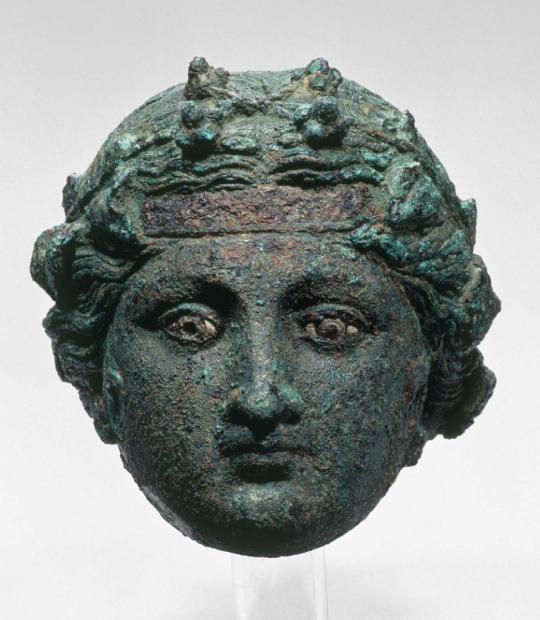
~ Head of a statue of Dionysos.
Culture: Greek
Period: Late Hellenistic
Date: 150–50 B.C.
Place of origin: Nubia (Sudan), Meröe (Begrawiya), Pyramid N 5
Medium: Bronze, silver, shell
#ancient#ancient art#history#museum#archeology#ancient sculpture#ancient history#archaeology#nubia#sudan#meroe#greek#Hellenistic#head of a statue of Dionysos#Dionysos#statue#150 b.c.#50 b.c.
2K notes
·
View notes
Text

Pyramids of Meroe, Sudan
264 notes
·
View notes
Photo
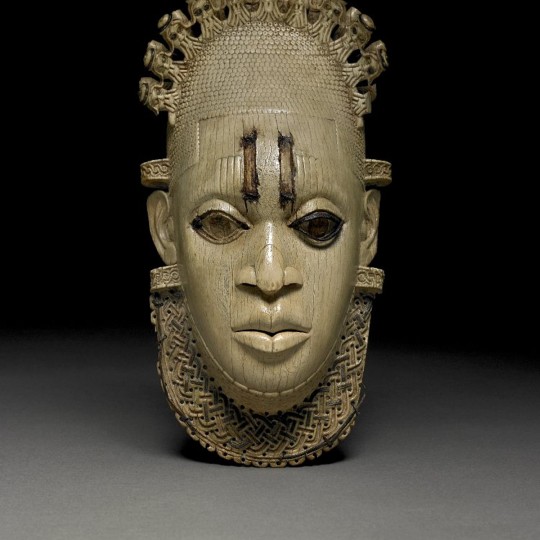
A Gallery of Ancient African Art
In this gallery, we look at striking examples of art from across the African continent. In gold, stone and metals, ancient and medieval African artists have not only given us unique pieces of art to admire but their works are also an insight into their respective cultures whether it be certain animals which were revered, the consideration of the human head as the container of the soul or simply what kind of jewellery was popular. By no means inclusive of all cultures, this gallery, nevertheless, includes art pieces from Egypt, Meroe, the Ptolemaic kingdom, West Africa, East Africa, and Mutapa and Mapungubwe in southern Africa.
Continue reading...
166 notes
·
View notes
Text






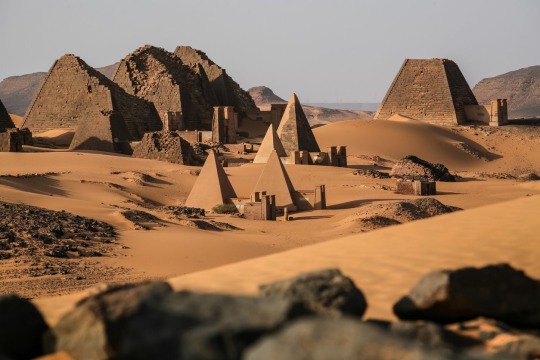

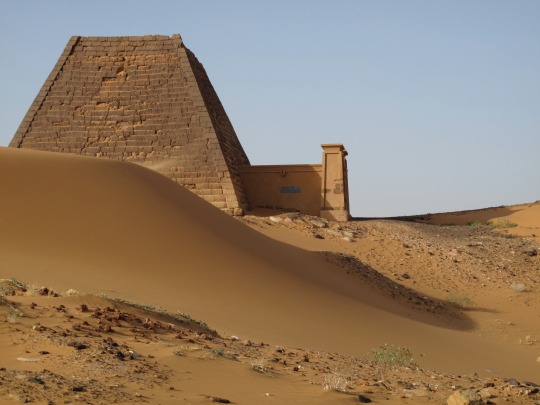
The pyramids of Meroe in the Sahara desert, Sudan.
Although the "famous" ones are those of Egypt, in Sudan there is the largest collection of these structures in the world, smaller in size, but with great historical and cultural value. There are about 200, dated around the year 2,500 BC. Built of sandstone and granite, they contain chapels and burial chambers inside decorated with illustrations and hieroglyphic inscriptions. Meroe was one of the richest cities on the Nile and the capital of the kingdom of Kush, which came to rival Egypt.
528 notes
·
View notes
Photo

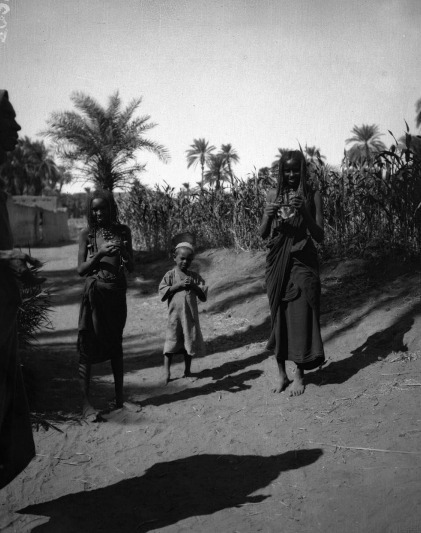


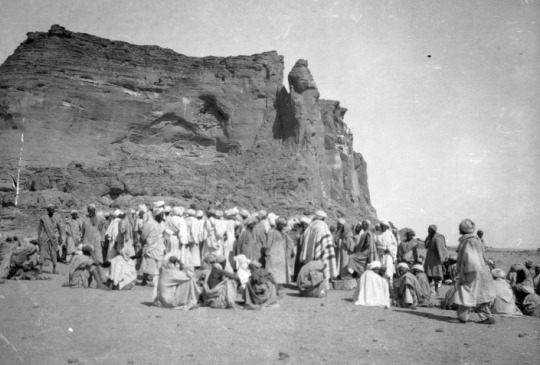
Source: John Augustus Larsson - Lost Nubia: A Centennial Exhibit of Photographs from the 1905-1907 Egyptian Expedition of the University of Chicago (2012)
#nubia#sudan#africa#meroe#napata#funeral#hafir#naga#culture#family#children#abu hamed#bishari#camel driver#gebel barkal
10 notes
·
View notes
Text

gold and enamel earring with hathor and rosette
meroitic period, nubia, meroe, c. 90 b.c. –50 a.d.
boston museum of fine arts. 23.341
37 notes
·
View notes
Photo

The 'forgotten' pyramids of Sudan
More than 200km (124 miles) from the Sudanese capital, Khartoum, the remains of an ancient city stand in the desert.
The Nubian pyramids in Meroe are smaller than the more famous ones in Egypt but there are many more of them.
https://www.bbc.com/news/av/world-africa-38994176
294 notes
·
View notes
Text

SPA: Banda de tapiz tejida en algodón natural y de color azul hallado en una de las tumbas meroíticas de Karanog, Sudán, lo que muestra la riqueza del Reino de Meroe en esta época (s.II - III d.C.)
ENG: Tapestry band woven in natural blue cotton found in one of the Meroitic tombs of Karanog, Sudan, which shows the wealth of the Kingdom of Meroe at this time (2nd - 3rd century AD)
Yvanez, E., & Wozniak, M. M. (2019). Cotton in ancient Sudan and Nubia. Archaeological sources and historical implications. Revue d’ethnoécologie, (15).
9 notes
·
View notes
Photo
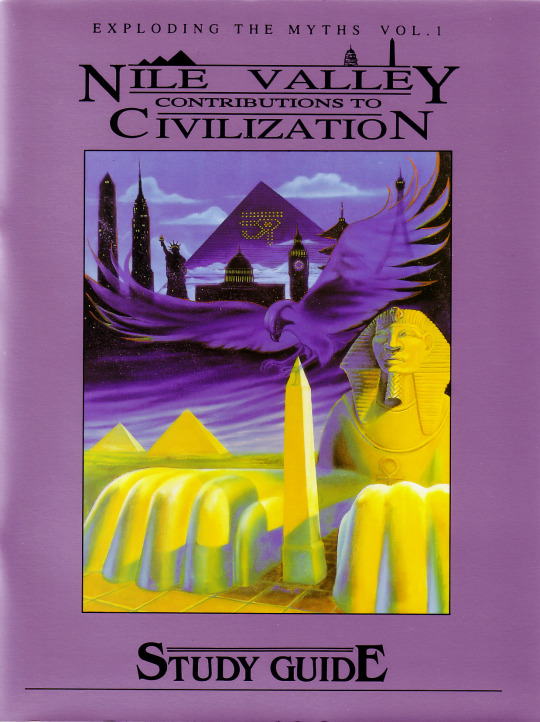
Nile Valley Contributions to Civilization
33 notes
·
View notes
Text

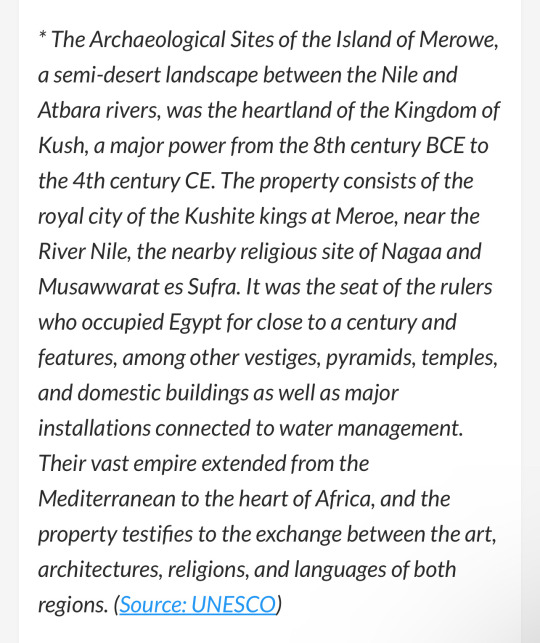
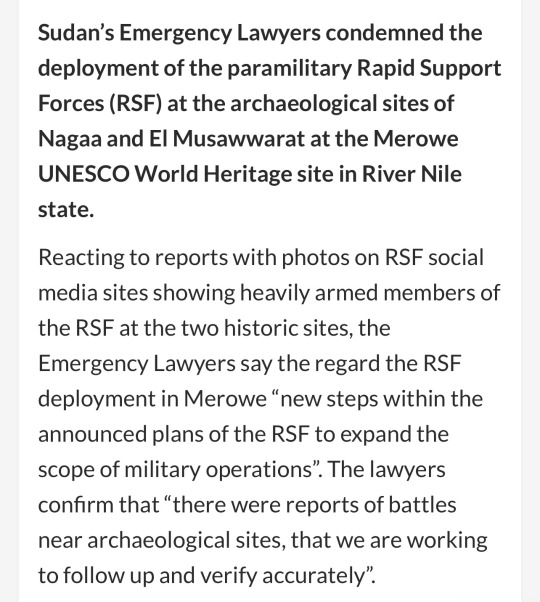
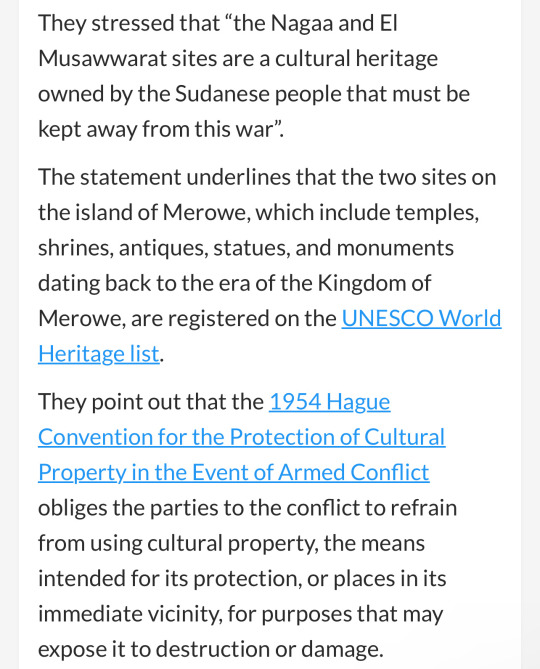
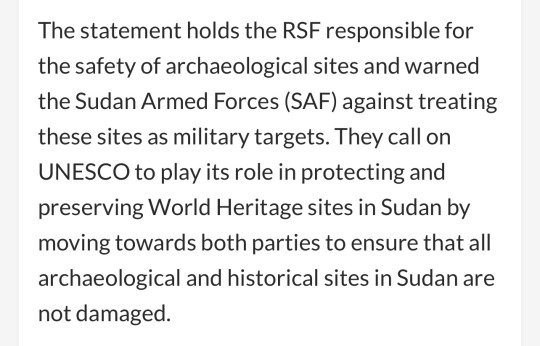
#Meroe is also the site of hundreds of Nubian pyramids#meroe#keep eyes on sudan#North Africa#horn of Africa#Middle East#artifacts#archaeology
4 notes
·
View notes
Photo

“Schale mit drei Schlangen”
Meroitische Kleinkunst : 32 farbige Tafeln
(Leipzig: Insel-Verlag, 1978)
24 notes
·
View notes
Photo


The god Sebiumeker
Sandstone
Meroë (Sudan)
Probably 1st century BCE
Ny Carlsberg Glyptotek, Copenhagen
6 notes
·
View notes
Text
The remarkable story of Queen Amanirenas, the one-eyed warrior queen who stood up against the Roman Empire, tells of a kingdom that refused to be conquered. Her fight for independence has left a lasting legacy of female empowerment.
38 notes
·
View notes
Photo

Dodekaschoinos
The Dodekaschoinos (literally "Twelve Cities" in Greek) was the name of a region in Lower Nubia that became an important province of the Ptolemaic Kingdom after it was annexed from Meroitic Nubia by the Egyptian kingdom. The area fell under Roman influence in the 1st century BCE following Egypt's conquest in 30 BCE. Its area extended between the 1st and 2nd Cataracts of the Nile in ancient Kush although parts are within modern-day Egypt.
History of the Region Under the Ptolemaic Kingdom
The beginning of Ptolemaic influence in Nubia began when Ptolemy II (283-246 BCE) led a campaign against the kingdom of Meroe c. 275 BCE and successfully conquered the province which was afterwards referred to as "the Twelve Cities". It then fell under the administration of the Egyptian nomes (a term for the provinces Egypt was divided into). It was at first technically a part of the Thebaid nome, but in reality, it was governed by the commander in charge of the soldiers garrisoned in the region. This situation remained unchanged until sometime in the 2nd century BCE when the region was reintegrated into the Elephantine nome with its civilian governor instead of being a part of the Thebaid nome.
The Dodekaschoinos retained much of its native administration, and a Nubian governor appears to have been appointed and had authority over the Nubian inhabitants of the province. Many Nubian inhabitants of the region integrated into Ptolemaic and later Roman society like their Egyptian counterparts, acquiring Greek language and education, citizenship rights and Greek or Roman names. Kushite or "Aethiopian" slaves are also known from throughout the Ptolemaic and Roman world, but particularly in Upper Egypt which was nearest to Nubia.
The Dodekaschoinos was part of the secession of Upper Egypt (205-185 BCE) that was supported by the Meroitic kingdom which sought to regain formerly Nubian territory through an alliance with the rebellious Egyptian factions. When Ptolemy V retook the province (c. 185-184 BCE), he dedicated the Dodekaschoinos and Philae to Isis as an attempt to legitimise the Ptolemaic rule of the region and ingratiate the Temple of Isis in Philae.
Continue reading...
43 notes
·
View notes
Photo
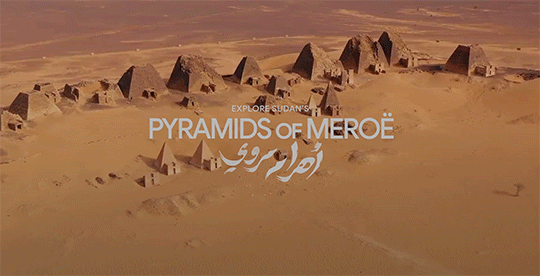
explore sudan’s pyramids of meroë
#gif#MEROË#sudan#PYRAMIDS OF MEROË#nubian pyramids#africa#ancient civilizations#unesco#google#google arts & culture#web experience#interactive experience#art experiments#kushite kingdom#meroe#desert#landscape#culture#pyramids#desktop experience#architecture#elements#check it out it’s really cool
4 notes
·
View notes
Text
Kush was a northern African kingdom whose influence spanned approximately 1069 BCE to 350 CE. Although the region around Kush, later known as Nubia, had been inhabited since around 8,000 BCE, the kingdom of Kush rose later. Findings also indicate that, while early Egyptians and the Kushite were in contact as early as c. 3150 – c. 2613 BCE during Egypt’s Early Dynasty Period, the Kushite civilization most likely evolved from this early cultural contact and was heavily influenced by the Egyptians.
3 notes
·
View notes